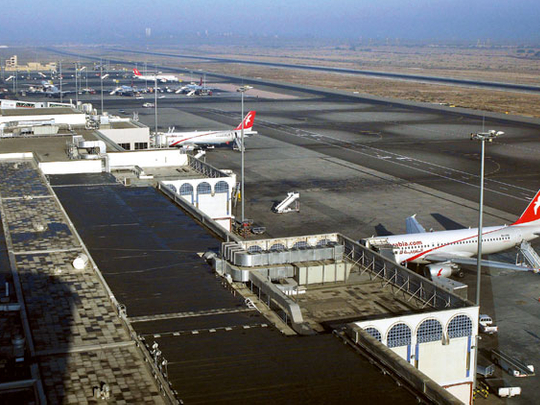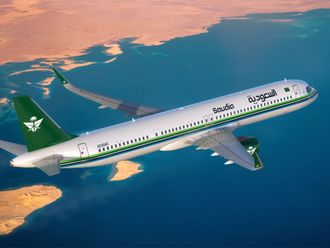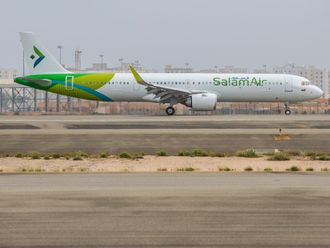
Dubai: Sharjah International Airport is confident its 2030 master plan, which is nearing completion, will be able to attract new airlines despite Dubai and Abu Dhabi’s mammoth investments that will be completed by the end of the decade.
A tight-lipped Dr Ganem Mohammad Al Hajri, Chairman of Sharjah Airports, told Gulf News in an interview that starting next year there will be more passenger and cargo flights out of the airport that is planning its expansion.
Sharjah Airport is waiting to complete its 2030 master plan, according to Al Hajri, which will include a logistics area connected to the planned Etihad Rail network.
Much of Sharjah’s growth over the past decade has been fuelled by the Gulf’s first low-cost carrier, Air Arabia, that added eight new destinations this year.
But like the region’s other airports, capacity is shrinking. Sharjah International reportedly handled 7.5 million passengers in 2012, a 13.6 per cent year-on-year jump from the previous year.
In an effort to maintain performance levels, Sharjah International recently held discussions with the Ministry of Interior to develop facilities that will streamline passengers in and out of the airport.
But Al Hajri sees no need to rush into new infrastructure developments that are under tight, short deadlines.
“We have no issues with the spaces available [because] the land is secure for the airport. The new developments that are taking place around the airport are secure,” he said.
In contrast, Abu Dhabi and Dubai are embarking on huge projects developing new airports and facilities that will help maintain the growth of flagship carriers Etihad Airways and Emirates. The Midfield Terminal Complex in Abu Dhabi is under construction and set to open in 2017 while Dubai Airports opened the future hub, Al Maktoum International at Dubai World Central, in October last year.
Once completed, the Abu Dhabi development will have an annual passenger capacity up to 40 million while Al Maktoum International is slated for 160 million though Dubai Airports’ Chief Executive Officer, Paul Griffiths, has put the figure as high as 200 million.
Organic growth
But Al Hajri, who is bullish on the prospects of organic growth at the airport, will not put a figure on future passenger capacity.
“We have kept a flexible strategy plan so if the growth continues we will be flexible [and] expand as we require,” he said.
In what sounds out of place in a country that has developed under a model led by Dubai of ‘build it and they will come’ Sharjah International will review its expansion every five years until 2030 and measure its response to growth.
While not concerned about developments in other cities, Al Hajri says increasing air traffic congestion is a big problem for Sharjah and the UAE, which is impacting all industry players, irrespective of their size.











